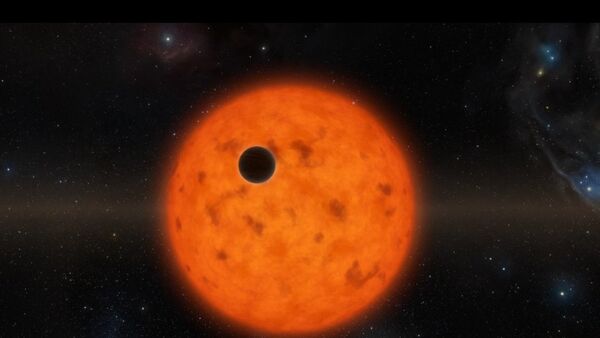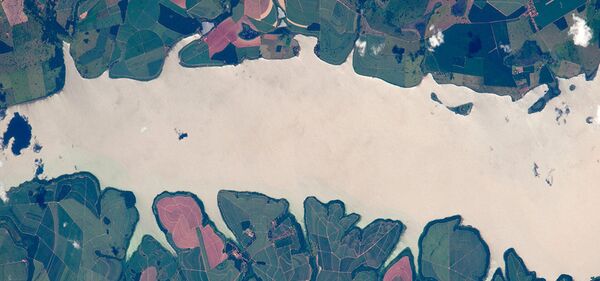Astronomers have discovered and confirmed roughly 3,000 exoplanets so far. However, nearly all of them are middle-aged, a billion years old at least. For scientists, studying the life cycles of planetary systems using such "grown-up" examples is similar to learning how people grow from babies to children and then to teenagers by only studying adults.
"At 4.5 billion years old, the Earth is a middle-aged planet — about 45 in human-years," lead researcher Trevor David said. "By comparison, the planet K2-33b would be an infant of only a few weeks old."
"This discovery is a remarkable milestone in exoplanet science," added co-author on the paper Erik Petigura. "The newborn planet will help us better understand how planets form, which is important for understanding the processes that led to the formation of the earth and eventually the origin of life."
K2-33b is a large planet like the gas giants in our solar system, which are all far from the Sun. However, the newfound exoplanet, which is about six times the size of the Earth, makes a complete orbit around its host star every five days. That means K2-33b is 20 times closer to its star than the Earth is to the Sun, according to the study. Its close position to the star at such an early age could be explained by alternative theories. Astronomers have yet to find out whether K2-33b had quickly migrated to its parent star or it had formed in its current location.



